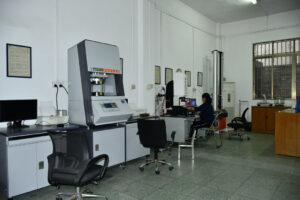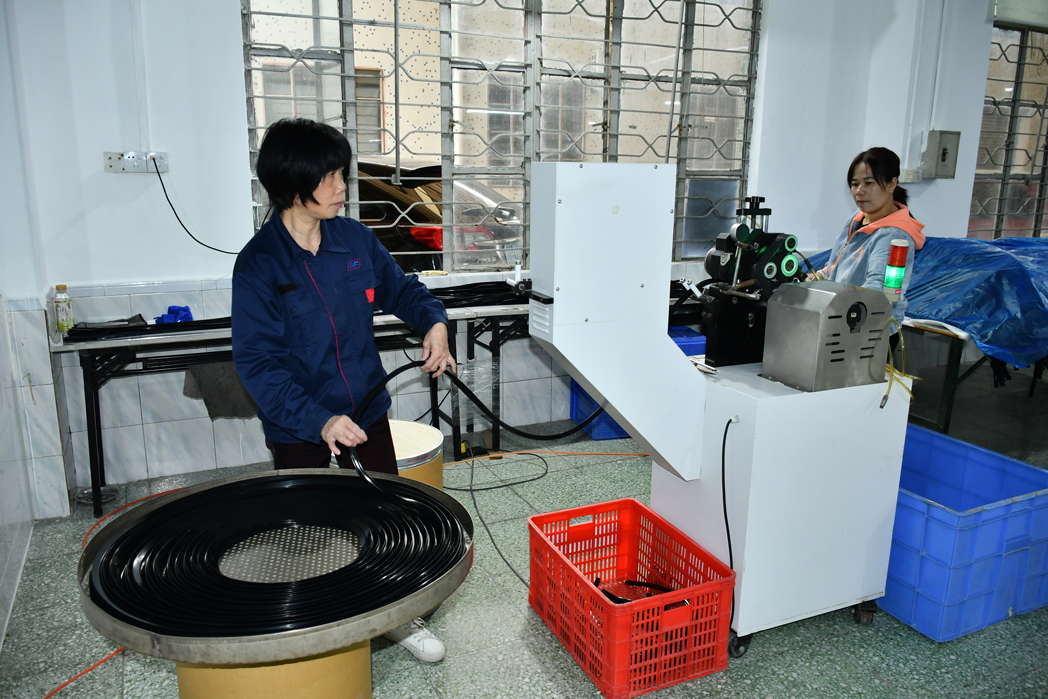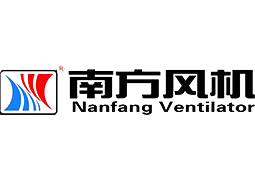

























Silicone sponges provide a range of advantages, but there are also certain limitations to keep in mind. Bonding this material to specific substrates can be difficult, and the adhesive can affect its properties.
Additionally, silicone sponges may be inadequate for use with certain chemicals, such as petroleum-based products, which could lead to deterioration or swelling over time.
Nevertheless, these issues can be avoided by carefully selecting suitable materials and thorough testing protocols, making silicone sponges a viable option for numerous applications.
Silicone sponges have a closed-cell structure that prevents them from absorbing any water or liquids, and they are inherently hydrophobic, making it difficult for bacteria to thrive in these environments.
This is a significant advantage compared to other types of sponges that can be more hospitable for bacteria growth due to the presence of moisture.
It is still essential to clean and disinfect silicone sponges regularly to maintain cleanliness and prevent the growth of germs.
Yes, the closed-cell structure of silicone sponges closed-cell system grants them their waterproof properties. The cells in these sponges do not connect to form pathways, which prevents water from penetrating through.
The use of silicone sponges is often used in applications that require waterproofing, such as insulation and sealing of products, in order to provide waterproofing.
Not all silicone sponges provide the same level of water resistance since different types can have varying levels of composition and production processes.
Silicone sponges are reusable but also very durable and can withstand repeated use. This makes them a great, cost-effective, and environmentally friendly alternative to disposable sponges.
They can also be easily cleaned and disinfected with various methods like boiling, microwaving, or running through the dishwasher.
With the proper care and maintenance, silicone sponges can last for an extended period and provide efficient scrubbing capabilities for multiple applications.
The difference between closed-cell and open-cell silicone sponges lies in their cell structure. Closed-cell sponges have cells that are sealed off from one another, preventing liquids like water from seeping through.
On the other hand, open-cell sponges feature interconnected cells that allow for the absorption of fluids - making them perfect for applications requiring high absorbency and filtration.
Furthermore, closed-cell sponges offer superior insulation, compression, and weather resistance capabilities, while open-cell sponges provide greater cushioning and vibration-dampening effects.
A silicone sponge comprises two key components - silicone rubber and a blowing agent. Adding a foaming agent gives silicone foam its unique properties, creating an even distribution of gas bubbles throughout the material.
Typically, silicone sponge has a density range of 10-40 lbs/ft³, while silicone foam is much lighter with a lower density range of 2-20 lbs/ft³. This difference in density gives each material distinct qualities, making them suitable for different tasks and applications.
Silicon is a naturally occurring element that has become integral in producing various electronic devices and solar panels. This complex and brittle mineral is abundant in the Earth’s crust.
Conversely, silicone is a synthetic oxygen, silicon, carbon, and hydrogen polymer. It has excellent flexibility and superior heat resistance, making it an ideal material for all uses - from manufacturing sponges to medical implants to sealants.
Whenever you have used a sponge, be sure to ring it out and clean it every other day after you have used it. Whenever you have used a sponge, be sure to ring it out and clean it every other day after you have used it.
Even mops that have been sanitized can accumulate bacteria over time, so even if they are sanitized, they still need to be replaced every two weeks if they stink or crumble.